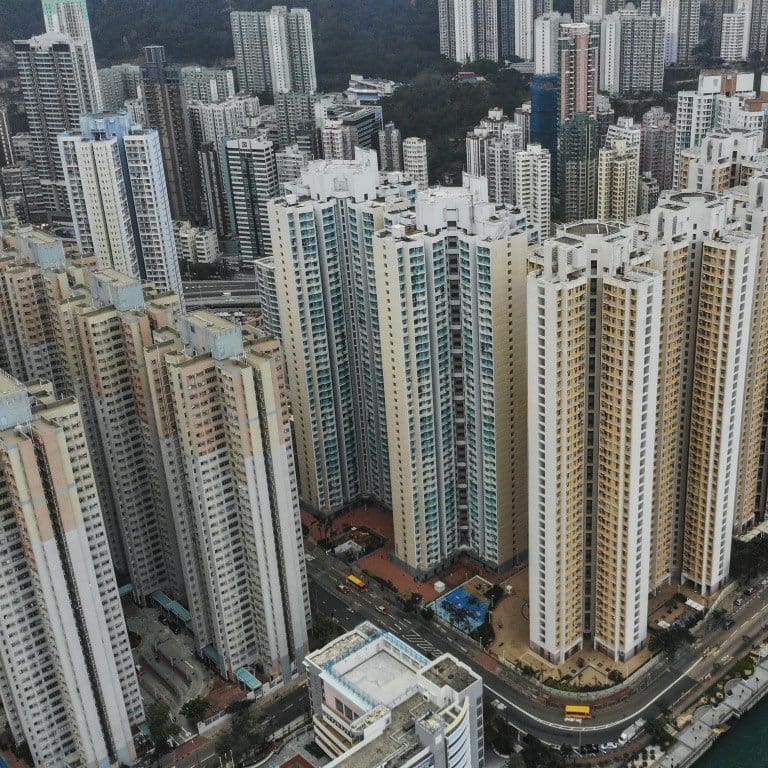The author researches the correlation between high-density sustainability & livability in Hong Kong city. He divided the paper into parts; the first part of the article reviews international surveys on sustainability and livability. Investigating the strengths and challenges facing the high density development in Hong Kong. The second part analyzes a group of buildings designed according to Hong Kong green building regulations (Beamplus). He examines how they promote for sustainability, highlights the role of unexplored areas of the green building system to achieve sustainability. The paper presents different research studies of the livability and city high density. Professionals in Hong Kong measure livability and city high density using five categories. Including stability, healthcare, culture, environment, and education and infrastructure. Authorities in 2012 the added two potential addition to the categories to the livability index, the effective public transport and access to the natural environment.
The author presents statistics to illustrate the increase in population ageing rates of elderly in Hong Kong and its direct relation to the increase in quality of living (you can read my book defining the correct way to built an indicator). The quality of living as an outcome of variety policy improvement. Including the development of transport network service reaching all areas of Hong Kong city as well as open areas and parks. The developed transport public network affected positively people’s car use reduction and fuel consumption. City open areas and parks use increase by public and visitors show the efforts of related authorities in tackling the air quality environmental problem in the city. The paper author defines the challenges facing Hong Kong city as well as action to undertake to face the problems and propose some resolutions for them .These challenges include waste management , greenhouse emission , nature preservation , affordable housing under supply and demand for office space . Finally, the author believes these problems influence each other strongly demanding introducing an integrative solution.

The paper second part starts by defining sustainably and describe its correlation to livability. He progresses to show the similarity of these categories agendas and application requirements. The studies the author introduced proves some countries achieved sustainability requirements and application ,but weak livability scores .For example, the increase of development density produced two problems: heat island effect, and the unpleasant and low usage of surrounding building spaces . Developers and urban designers In Hong Kong created high density development. Accordingly created layers of open space between developments leaving an amount of unused spaces. That drove researchers to conduct a detailed study of 57 buildings according to beam plus green system developed by Hong Kong authorities. Results revealed that the energy reduction was below baseline (30%). Some buildings subject of the study achieved low scores in areas of the beam plus system. These areas needed extra attention and consideration for improvement from different parties involved. For example, renewable energy uses, local material uses and building mechanical system efficiency like vibration and noise in buildings. The author emphasizes strongly the idea of expanding green building system achievement to the surrounding area, green community and development. In addition to applying the green system in retrofit (old buildings rehabilitation).
Criticism
The author articulates the similarity of sustainability and livability agendas in high-density buildings. Private or public entities could achieve sustainability through two methods. First, socio- economic and political policies development and second, development design regulations. The research concentrated on the second method mainly the green building requirements. Including electricity consumption reduction, water consumption reduction, and air quality. The Green building’s system presented in the research does not consider sustainable strategies and requirements for large-scale development. The research recommendation to achieve sustainability in an integrated green community approach needs establishing new system requirements for big development. For example, high density is a criterion of sustainable development because it serves bigger design and planning concerns. High-density development is achieved by effective design of buildings and its systems, design of transport systems, landscape design and integration with nature. As mentioned earlier, high density is criteria of sustainable development.
Sustainable development means protecting and effective use of material, land, and environment. Sustainability and livability similar agendas help achieve a high-quality of living. Quality of living means equity in access to education, health, public services, and good standards of living condition. These factors are achieved through high-quality design .The quality of design increase quality of living dimension through achieving different design criteria. On top of them is the quality of living indoor environment, health care of people from comfort to psychology. Outdoor and indoor services for people, and quality of educational premises serves people’s wellbeing and enhances quality education results. From sustainability dimension, quality of design serves various factors reduction in material use towards only efficient materials serving the quality design. Also, the construction cost reduction providing reasonable building premises price and access to a variety of people regardless of their income.
Quality of design takes into account the appropriate land use for development decreasing development land price and protecting natural resources. Quality design considers protecting natural resources reducing the effect of environmental problems influencing human and wildlife. Besides protecting the earth’s environment from severe changes and disasters. From achieving high density development dimension quality of design serves different factors. Providing quality of living condition in buildings serves effective use of land for transport system reducing cost of construction and providing affordable services. Using public transport reducing environmental issues impact on nature, human, and wildlife. Provide community green space for outdoor use, increasing well being and diversity and protecting natural environment. Integrating with nature through using friendly environment materials decreasing environment damage and pollution and increasing human comfort . Finally, Quality of design indicators should be developed as it is the main criteria to achieve the Indicated author sustainability three pillars subject of this article discussion.
You can download the original paper if you are interested .
[…] High-density sustainability & Livability-The Hong Kong Case […]
[…] High-density sustainability & Livability-The Hong Kong Case […]